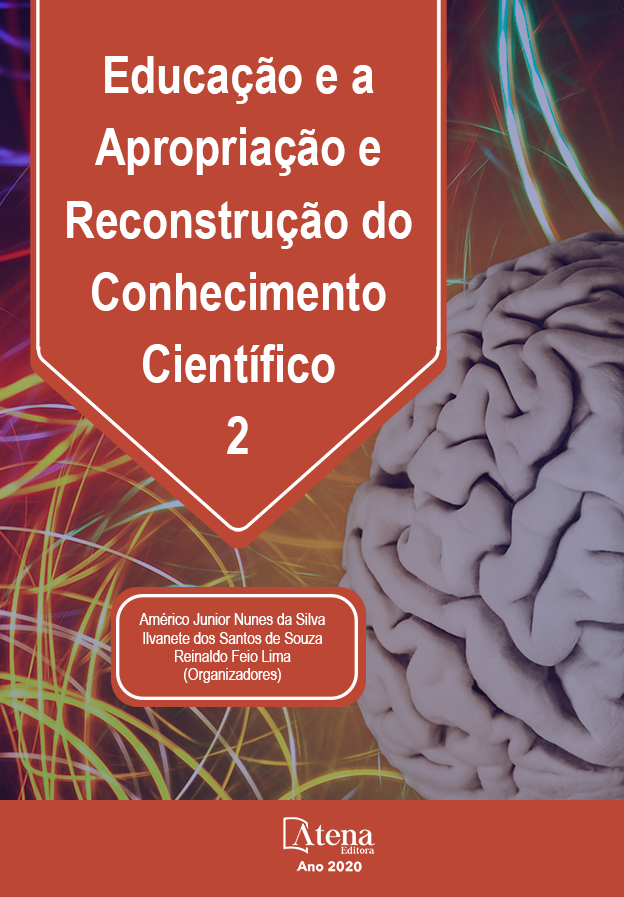
INTUIÇÃO NA RESOLUÇÃO DE PROBLEMAS: UM DESAFIO A ALUNOS DO 12º ANO
Começa a tornar-se cada vez mais importante desenvolver competências que nos distingam daquilo que as máquinas conseguem fazer. Resolver problemas é uma delas, e ser capaz de confirmar ou rebater intuições também é algo que pode ser desenvolvido. Neste estudo, pretende-se apresentar as intuições que 130 alunos do ensino secundário, em Portugal, tinham relativamente ao seguinte problema: Durante um jogo de futebol há 23 pessoas dentro do campo: 11 jogadores de cada lado e mais o árbitro. Qual é a probabilidade de, nesse grupo de pessoas, haver duas (pelo menos) que fazem anos no mesmo dia? (Viana, 2015). Nos resultados aqui apresentados, é possível perceber que 90% dos participantes deu respostas intuitivas com mais de 15% de diferença da resposta correta. Permite também tomar conhecimento de reações dos alunos ao problema apresentado e perceber que alguns alunos ainda desconfiam do facto de a matemática traduzir a realidade. Confrontando-se com a resposta matemática ao problema proposto, certos alunos duvidavam de que esse resultado se verificaria num contexto real, revelando que não confiam na matemática como sendo uma tradução da realidade e que não conseguem rebater a sua própria intuição, mesmo após alcançar a resposta correta através de cálculos.
INTUIÇÃO NA RESOLUÇÃO DE PROBLEMAS: UM DESAFIO A ALUNOS DO 12º ANO
-
DOI: 10.22533/at.ed.08920021213
-
Palavras-chave: Resolução de problemas. Intuição. Raciocínio matemático.
-
Keywords: Problem solving. Intuition. Mathematical reasoning.
-
Abstract:
It is becoming increasingly important to develop skills that distinguish us from what machines can do. Problem solving is one of them, and being able to confirm or counter intuitions is also something that can be developed. In this study, we intend to present the intuitions that 130 secondary school students in Portugal had, regarding the following problem: During a soccer game, 23 people are on the field: 11 players on each side and the referee. What is the probability that, in this group of people, there will be two (at least) celebrating their birthday on the same day? (Viana, 2015). In the results presented here, it is possible to notice that 90% of the participants gave intuitive answers with more than 15% difference from the correct answer. It also allows we to learn about some reactions of students to the problem presented and it is also possible to realize that some students are still suspicious of the fact that mathematics translates reality. Faced with mathematical answer to the proposed problem, some students doubted that this result would be verified in a real life situation, revealing that they do not trust mathematics as being a translation of reality and that they are unable to counter their own intuition, even after reaching the correct answer through calculations.
-
Número de páginas: 10
- Maria Helena Martinho
- Letícia Gabriela Martins


